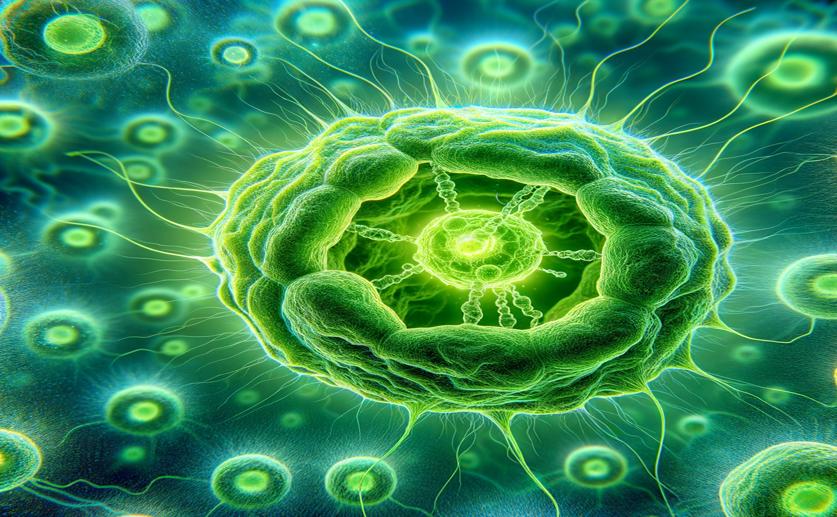
Understanding How a Special Protein Helps Plants Avoid Cell Death
Jim Crocker
6th September, 2024

Image Source: Natural Science News, 2024
Key Findings
- The study by NABI identified 84 genes with the ML/Md-2 domain across 30 fungi, highlighting its role in plant immunity
- The ML/Md-2 domain proteins in fungi have conserved lipid-binding functions similar to those in animals, suggesting an evolutionary link
- The protein Pt5643 from the leaf rust fungus Puccinia triticina can suppress plant immune responses, indicating its role in aiding fungal infection
References
Main Study
1) Identification and functional characterization of the npc-2-like domain containing rust effector protein that suppresses cell death in plants.
Published 5th September, 2024
https://doi.org/10.1007/s11033-024-09894-8
Related Studies
2) The intricate role of lipids in orchestrating plant defense responses.
3) Lipid transfer proteins involved in plant-pathogen interactions and their molecular mechanisms.
4) Speaking the language of lipids: the cross-talk between plants and pathogens in defence and disease.



 2nd September, 2024 | Greg Howard
2nd September, 2024 | Greg Howard